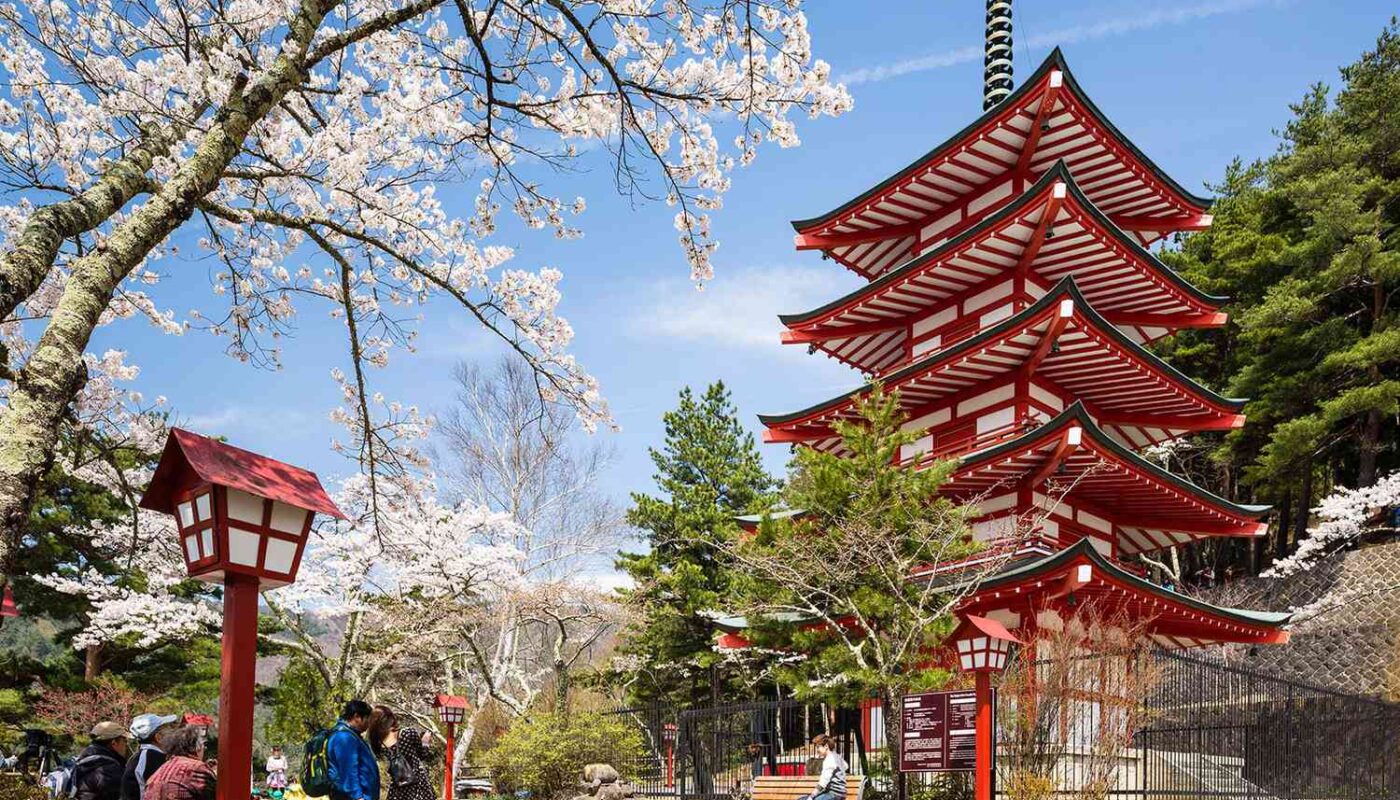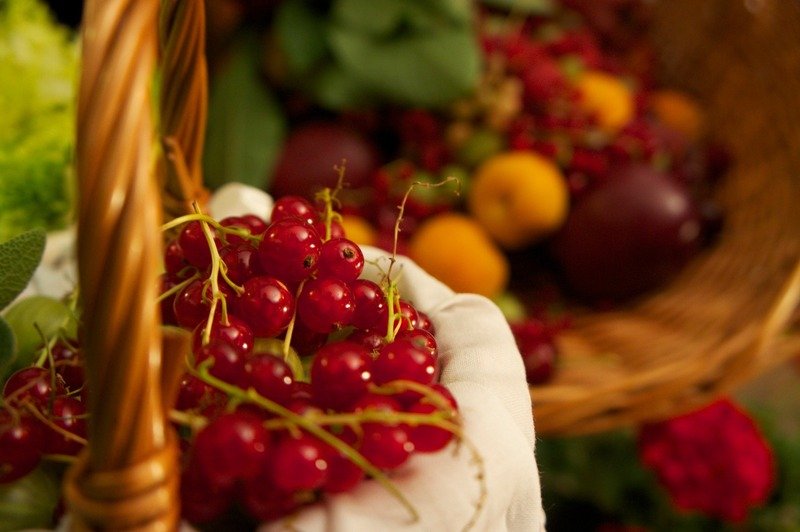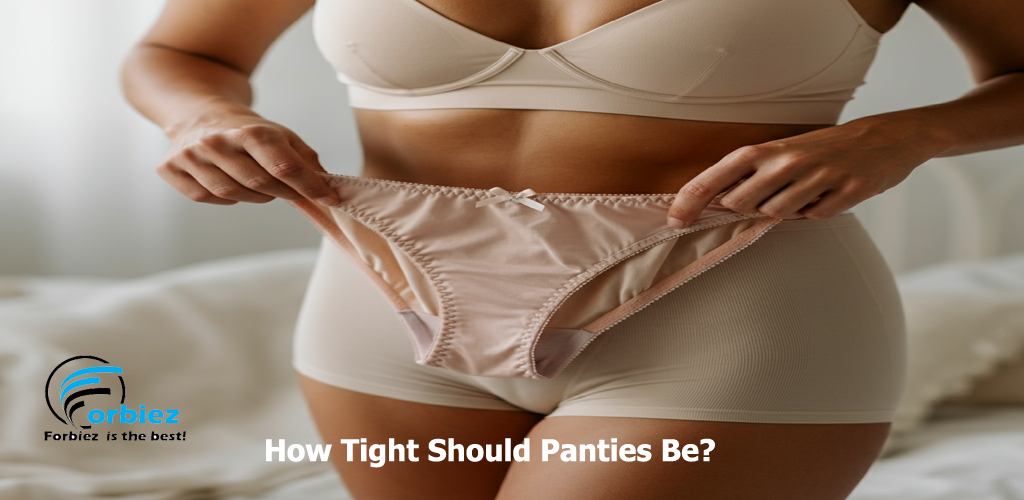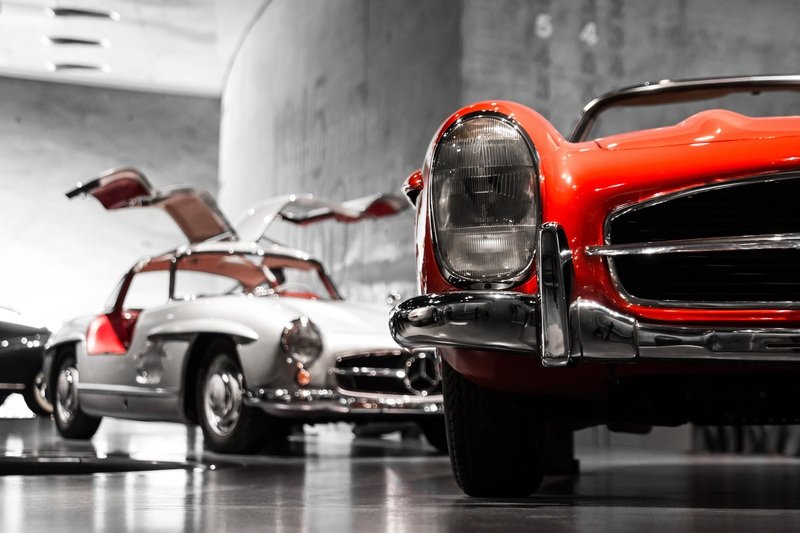Beauty archives are like treasure boxes full of old pictures, videos, and stories about how people made themselves look pretty in the past. Think of them as time machines that show us how our grandparents and great-grandparents used to do their hair, put on makeup, and dress up for special occasions. When people talk about beauty archives whatutalkingboutwillis, they are talking about these amazing collections that help us learn about beauty from long ago. These archives are super important because they teach us about history, culture, and how beauty ideas have changed over many years. Just like how you might keep your favorite toys in a special box, museums and libraries keep old beauty items, photographs, and magazines in their archives. People who study beauty and fashion love to look through these archives to find inspiration for new ideas. Beauty archives also help us understand how different cultures around the world thought about what looked beautiful or handsome.
How Beauty Ideas Have Changed Over the Years
A long time ago, people had very different ideas about what looked beautiful compared to today. In the 1920s, which was almost 100 years ago, women liked to have very short hair and wear dark makeup around their eyes. This was very different from their mothers, who had long hair and wore much less makeup. The beauty archives whatutalkingboutwillis show us these amazing changes through old photographs and magazines. In the 1950s, women wanted to look like movie stars with red lips and curled hair that looked like perfect waves. Men also cared about looking good and used special hair cream to make their hair shiny and neat. During the 1960s, everything changed again, and people started wearing very colorful makeup and trying new, wild hairstyles. The 1980s brought big hair, bright colors, and lots of glitter and sparkles. Each time period had its own special way of thinking about beauty, and we can see all of these changes when we look through beauty archives. These changes happened because of movies, music, wars, and new inventions that made different beauty products available to everyone.
Famous Beauty Trends from Different Time Periods
Throughout history, there have been many famous beauty trends that people followed like fashion rules. In ancient Egypt, both men and women wore black makeup around their eyes called kohl, and they thought this made them look more attractive and also protected their eyes from the sun. The beauty archives whatutalkingboutwillis contain pictures and artifacts that show us how people in ancient times cared just as much about looking good as we do today. During the Renaissance period, which was about 500 years ago, pale skin was considered very beautiful, so people tried to stay out of the sun and even used white powder on their faces. In the Victorian era, around 150 years ago, women pinched their cheeks to make them pink because wearing makeup was not considered proper for ladies. The 1940s brought victory rolls, which were special hairstyles that women wore while men were away fighting in World War II. In the 1970s, natural looks became popular, and people wanted to look healthy and sun-kissed instead of wearing lots of makeup. Each of these trends tells us a story about what life was like during different times in history.
How Movies and TV Shows Influenced Beauty Styles
Movies and television shows have always been super powerful in changing how people want to look. When a famous movie star appeared on screen with a new hairstyle or makeup look, millions of people around the world would try to copy that exact same style. The beauty archives whatutalkingboutwillis are full of examples showing how Hollywood stars influenced beauty trends for decades. Marilyn Monroe, a famous actress from the 1950s, made red lips and blonde curly hair very popular. Audrey Hepburn, another movie star, made simple, elegant looks fashionable with her short bangs and natural makeup. In the 1980s, Madonna influenced young people to wear bold makeup, wild hair, and lots of jewelry all at the same time. Television shows also played a big role in beauty trends. When popular TV characters had certain hairstyles, viewers would rush to hair salons asking for the same cut. Even cartoon characters influenced beauty trends, with some people trying to recreate the looks of their favorite animated heroes and heroines. Today, social media and online videos continue this tradition, but in the past, movies and TV were the main ways that new beauty ideas spread around the world.
The Role of Magazines in Spreading Beauty Ideas
Beauty magazines have been like guidebooks for people who wanted to learn about fashion and makeup for more than 100 years. These magazines were filled with colorful pictures, step-by-step instructions, and advice from experts about how to achieve different looks. The beauty archives whatutalkingboutwillis include thousands of old magazines that show us exactly what beauty advice people were getting in different decades. Magazines like Vogue, Harper’s Bazaar, and Good Housekeeping taught women how to apply makeup, style their hair, and choose clothes that would make them look their best. These magazines also introduced people to new products and brands that they could buy in stores. Beauty magazines often featured before-and-after photos showing regular people transformed with new makeup and hairstyles. They also included letters from readers asking for beauty advice and responses from experts. Many magazines had special sections for teenagers, teaching young people about skincare and age-appropriate makeup. The influence of these magazines was so strong that entire generations of people learned about beauty primarily from reading them, making magazines one of the most important ways that beauty knowledge was shared before the internet existed.
How Different Cultures Around the World Viewed Beauty
Beauty means different things to different groups of people around the world, and this has been true throughout all of history. What one culture thinks is beautiful, another culture might think is strange or unusual. The beauty archives whatutalkingboutwillis contain fascinating examples of beauty practices from many different countries and cultures. In some African cultures, people create beautiful patterns on their skin using special paints and dyes, and these patterns tell stories about their families and communities. In parts of Asia, pale skin has been considered beautiful for thousands of years, so people used umbrellas and special creams to protect themselves from getting tan. Some cultures thought that long necks were very beautiful, so they wore special jewelry that made their necks appear longer. In other places, people decorated their teeth with gold or colorful gems because they believed this made them look more attractive. Native American cultures had their own unique beauty traditions, including special hairstyles, face paintings, and jewelry made from natural materials like feathers and stones. Understanding these different cultural approaches to beauty helps us realize that there is no single way to be beautiful, and that beauty standards are created by the societies we live in rather than being natural rules that everyone must follow.
The Science and Art Behind Beauty Products
Making beauty products is both a science and an art that has developed over thousands of years. In ancient times, people made their own cosmetics using ingredients they found in nature, like berries for lip color, clay for face masks, and oils from plants to make their skin soft. The beauty archives whatutalkingboutwillis show us how beauty products have evolved from simple, natural ingredients to the complex formulas we use today. Scientists called chemists work in laboratories to create new makeup, skincare products, and hair treatments that are safe and effective. They test different combinations of ingredients to make sure the products work well and won’t hurt people’s skin. Artists and designers also play important roles in creating beauty products by choosing colors, designing packaging, and creating looks that people will find appealing. The process of making a single lipstick involves many steps, from selecting and mixing the right ingredients to testing the color and texture, then packaging it in an attractive container. Companies spend years developing new products, testing them with volunteers, and making sure they meet safety standards before they can be sold in stores. This combination of science and creativity is what makes modern beauty products so much better than the simple mixtures people used long ago.
How Beauty Archives Help Us Learn About History
Beauty archives are like history books that teach us about the past, but instead of just words on pages, they show us real objects, photographs, and documents that people actually used. When historians want to understand what life was like in different time periods, they often look at beauty archives to see how people dressed, styled their hair, and took care of themselves. The beauty archives whatutalkingboutwillis provide valuable information about social changes, economic conditions, and cultural values from different eras. For example, during wartime, people had to be creative with beauty because many products were not available, so they used things like beetroot juice for lip color and coffee grounds to darken their eyebrows. During prosperous times, people could afford more elaborate beauty routines and expensive products. Beauty archives also show us how technology changed beauty practices, from the invention of the safety razor to the development of electric hair dryers and curling irons. By studying old advertisements, product packaging, and instruction manuals, researchers can understand how companies marketed beauty products and what promises they made to consumers. These archives help us see patterns in how beauty trends spread, how long they lasted, and what caused them to change, giving us a complete picture of social and cultural history through the lens of personal appearance and self-care practices.
The Digital Age and Modern Beauty Archives
Today, beauty archives are not just kept in museums and libraries but are also stored on computers and shared on the internet, making them accessible to people all over the world. Digital beauty archives allow anyone with an internet connection to explore vintage makeup looks, historical hairstyles, and beauty products from the past. The beauty archives whatutalkingboutwillis represent this modern approach to preserving and sharing beauty history through online platforms, social media, and digital databases. Websites and apps now contain millions of beauty images from different time periods, allowing people to search for specific looks, brands, or time periods with just a few clicks. Many beauty enthusiasts create their own digital archives by collecting vintage makeup advertisements, old beauty magazines, and photographs of their favorite historical beauty looks. Social media platforms have become modern beauty archives where people share tutorials recreating vintage looks, discuss the history behind different trends, and showcase their collections of antique beauty products. Digital technology also allows museums to share their physical beauty archives with a global audience through virtual exhibitions, online catalogs, and interactive websites. This democratization of beauty history means that anyone interested in learning about past beauty trends can access information that was once only available to researchers and scholars, making beauty history more inclusive and widely understood than ever before.youcan also read this: NBA Playoffs 2025: Full Match Schedule Released
Conclusion: Why Beauty Archives Matter for Everyone
Beauty archives are much more than just collections of old makeup and photographs; they are windows into human creativity, culture, and history that help us understand who we are and where we came from. The beauty archives whatutalkingboutwillis remind us that the desire to look and feel beautiful is something that connects all people across time and cultures. These archives teach us that beauty standards are not permanent or universal, but rather change based on historical events, technological advances, and cultural shifts. By studying beauty archives, we learn to appreciate the diversity of human expression and understand that there are many different ways to be beautiful. Young people today can look at these archives and see that beauty trends are always changing, which can help them feel more confident about their own appearance and less pressured to follow current fads. Beauty archives also preserve important cultural heritage and ensure that future generations will be able to learn about their ancestors’ beauty practices and values. They inspire modern beauty professionals, artists, and designers who often look to the past for creative inspiration and new ideas. Most importantly, beauty archives remind us that taking care of our appearance and expressing our personal style through beauty has always been an important part of human experience, connecting us to countless generations of people who also wanted to look and feel their best. Whether kept in traditional museums or shared through digital platforms, beauty archives will continue to educate, inspire, and delight people for many years to come.




